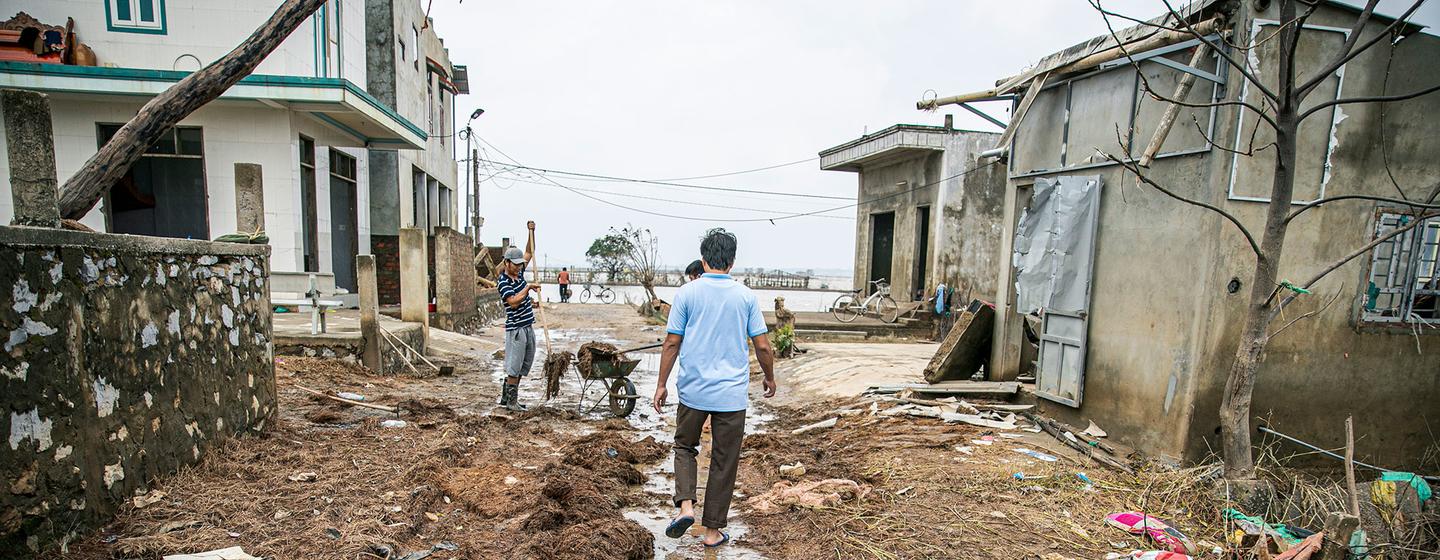First Person: Rising above floods in Viet Nam
A man living in Viet Nam has been explaining how his community has learnt to adapt to and mitigate the effects of devastating flooding caused by tropical storms.
Extreme weather between October and November of 2020, highlighted the vulnerability of the inhabitants of the city of Huế in central Viet Nam to flooding.
City resident Nguyễn Văn Tia told UN News how his family was impacted by the flooding and has benefited from the FloodAdaptVN programme coordinated by the United Nations University Institute for Environment and Human Security (UNU-EHS).
“During the 2020 floods, the water rose very quickly. Within a few hours, my house was flooded by up to half a metre. All the homes in the neighbourhood were full of water. We tried to keep property and people safe by relocating the elderly and children to higher floors where there were tables and chairs for them to sit on. We suffered great damage like collapsed houses and the loss of possessions.

After 2020, we experienced floods again but now local people in this region are very active when storms and flooding occur. In our ward, a team for storm and flood prevention was established.
Together with the local authorities, the team distributes life-saving equipment like boats, life jackets, and outboard motors. Families that live in lower areas can relocate to higher buildings to avoid flood and storm impacts.
Prevention measures
Residents are very aware of flood risks now. As soon as a flood warning comes in, we evacuate. We also help each other and evacuate the most vulnerable people first.
The team also reminds everyone to protect their houses. Two years ago, my son built a highly elevated house for us to live in. If he would not have done that, I would have added an attic to the house we lived in before. Because of the elevated foundation compared to 1999, the water in my house did not rise nearly as high in more recent flooding occurrences.
Nobody in our area lost their life in the 2020 floods. We were warned in time by local media, as well as by mass media such as television broadcasts. It enabled us to prepare for the flood risk in advance. Afterwards, we cleaned up the surrounding environment to prevent waterborne diseases to keep people from falling sick, or even dying.

Every year I prepare for floods in advance; I know we will be safe when storms bring floods in the years to come.”
Increasing urban flood resilience with FloodAdaptVN:
- FloodAdaptVN aims to reduce current and future flood risks through the implementation of adaptation strategies into flood risk management.
- It works with communities to build awareness on how to mitigate their exposure to extreme weather events.
- UNU-EHS and its partners conduct research to better understand the impact of flooding on people, their livelihoods, and public infrastructure
Read more here about the project

